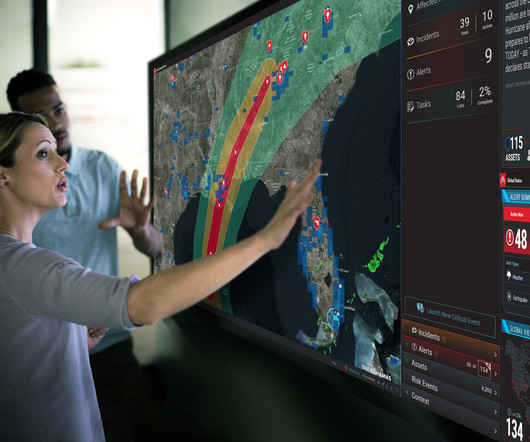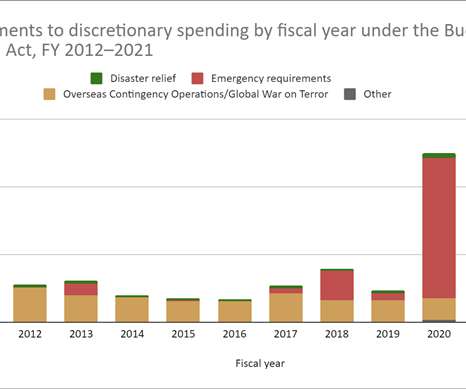Reflections on the 20th Anniversary of 9/11: Where we have been and where we are headed in disaster management
National Center for Disaster Prepardness
SEPTEMBER 10, 2021
The shock and awe of black swan events is now becoming normalized, but it cannot make us numb to the growing challenge of an urgent need for enhanced planning and large-scale mitigation efforts required to ensure the safety and security of the coming generations.











Let's personalize your content